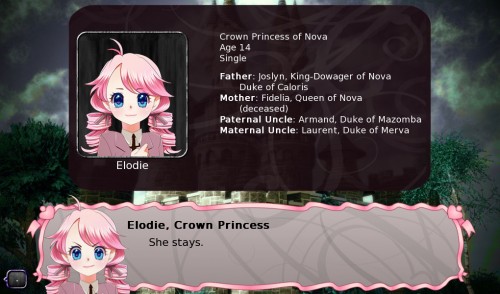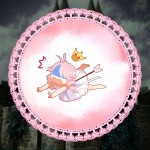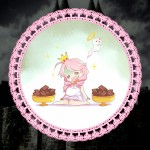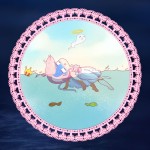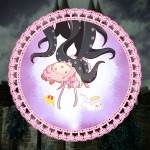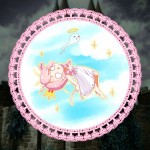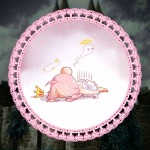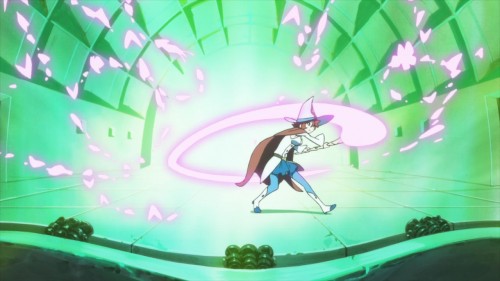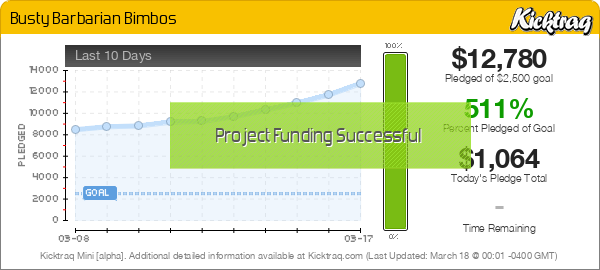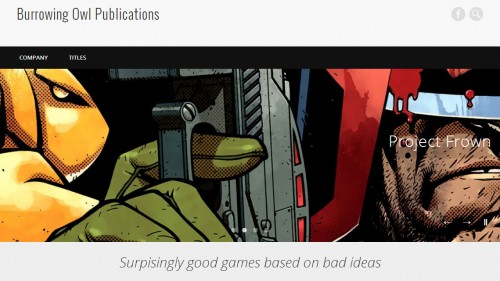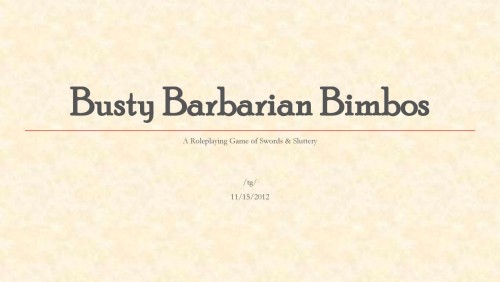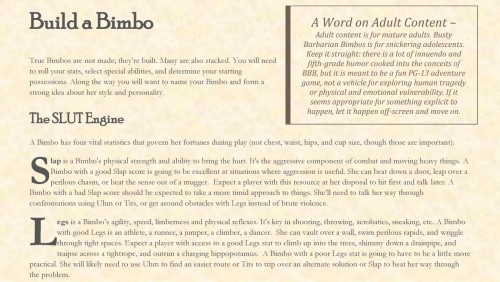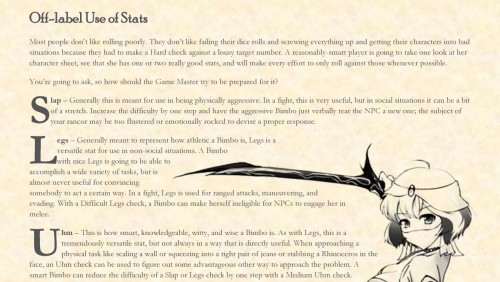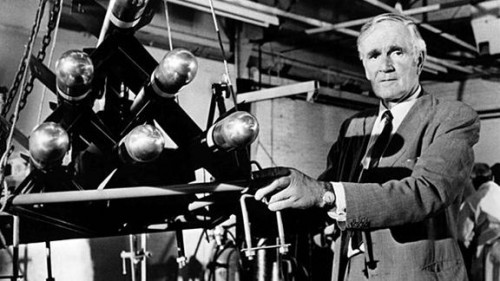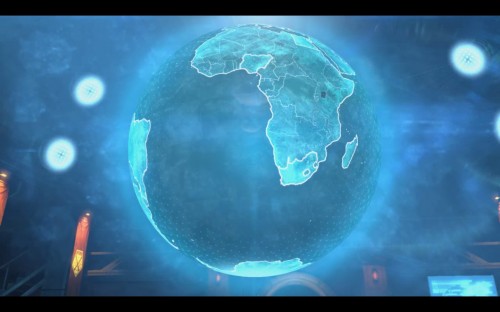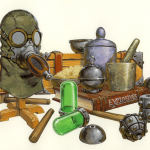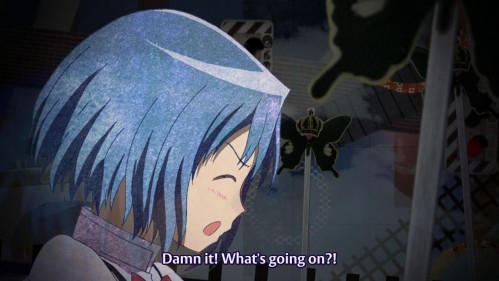There’s an odd genre of games that’s been making the rounds over across the Pacific for ages. Graduation and Princess Maker come to mind as older examples. Basically they’re a choose-your-own-adventure game where you take on the role of a responsible adult trying to guide a child to adulthood. Play involves making a series of decisions, some repetitive, some unique, which result in the child acquiring various characteristics. At the end of play you get a summary of how the child’s life turned out, effectively giving you a scorecard.
The latest addition to this odd little niche is Long Live the Queen, a title by Hanako Games. In it you guide young Elodie, the crown princess of a fantasy kingdom, through the last forty weeks before assuming the crown on her fifteenth birthday.
Each week you may select two courses of classwork for her to study. Upon completion of the coursework you may select how she spends her weekend. The classes affect her skills, the weekend activities affect her mood. Depending on her dominant mood (there are four pairs of opposing moods), she will have an easier time with certain topics. For example, if she’s angy she’ll excel at swordsmanship. If she’s depressed she’ll do better at music.
Overall a successful run through to coronation is a pretty short play-through, but this title is pretty replayable, with several alternate routes through to survival and victory. In addition to choosing her coursework (will she be a military tactician, a cunning court intriguer, a fearsome mage?) a number of events will crop up in classic choose-your-own-adventure style. Others events provide different results depending on the skills Elodie has developed.
The skill check events (and one straight-up bad decision involving a box of chocolates) can result in an array of bad endings for our fair princess. I’ve tripped across the following so far (some intentionally, some not so much):
The Steam Achievements list suggests there are another four possible deaths. The hair trigger on this game for killing you off reminds me of the old Sierra games, where you’d get crushed into paste for stepping two pixels too far to the left or clicking on the wrong object on an office desk.
The art is cute but not remarkable, there is no technical triumph to be found here, and the setting isn’t the most inspired bit of worldcraft you’ll see, but at under $10 it’s a good buy and a fun way to burn a few hours trying to figure how how the “save the world with the power of song” or die trying.
